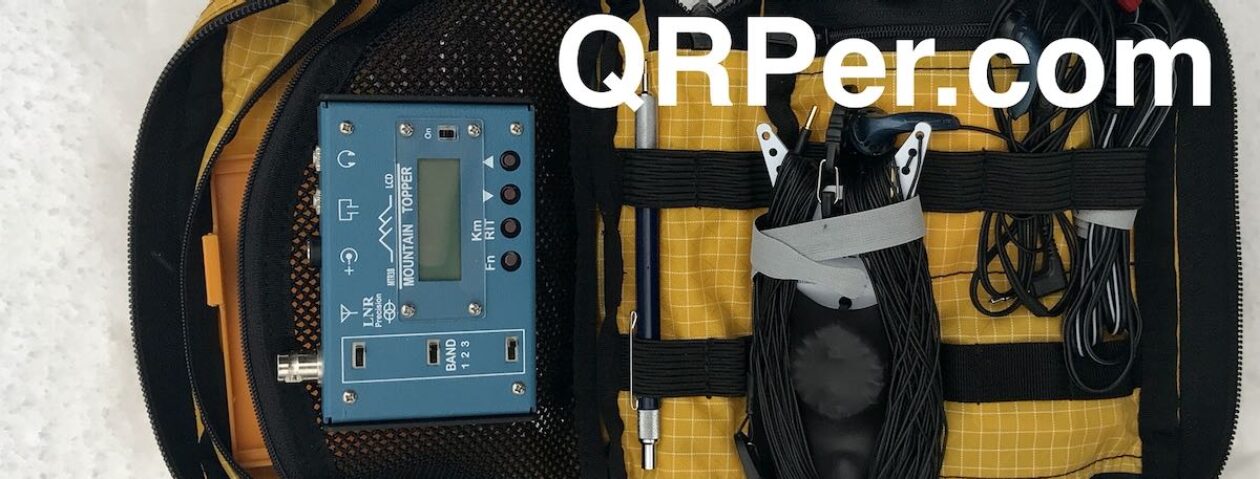A SOTA road trip from Berlin to Tuscany via the Alps and back

by Leo (DL2COM)
Flashback March 2021: I am sitting on a couch in the countryside 2h north of Berlin, Germany. It’s a rainy day and my 1-year-old kid just fell asleep on my chest. I am watching Youtube and enjoying the feeling of just having maintained the chainsaw after a productive run preparing firewood.
Then suddenly something special got washed into my feed: Adam K6ARK activating a summit in CW somewhere on the U.S. West Coast. I thought: I have no idea what this wizardry is but this is exactly what I want to do. Right here, right now. Well I have a child to take care of, the next mountain with a prominence of >150m (~500 feet, min. requirement to be a valid SOTA summit) is 3h away, I don’t know what ham radio is, I have no license and what the heck is CW.

Jump to July 2022: I am sitting in my car commencing a vacation road trip to the south of Tuscany, Italy. Due to the chaotic luggage situation at EU airports and unreal prices for rental cars my family and I had decided that we would be better off if I drove down while my wife and kids took the plane without having to check in any bags (btw: best decision ever).

Our schedule allowed for me to leave a few days early so I could make room to do a little bit of hiking and throw in a few casual SOTA activations because why not. On top I saw that there were a few never activated summits in close proximity to where we planned to stay. I could feel my heart pumping already followed by a strong reassuring feeling radiating from the well-thought-through contents of my backpack in the trunk. Am I ready? Who cares. I am on my own now. I had completed a quick 1-pointer activation in May and a few POTAs but what was planned now was a different level.

Going into detail about every summit would go beyond the scope of this article so here are just a few highlights: The first leg down to the Garmisch-Partenkirchen area went by in a wink (7h drive). I passed most of the time rehearsing CW by singing license plates out loud. The fun peaked with plates along the lines of M-OT-9990 or E-SI-5545. It’s all about melody and timing, remember. I met up with my buddy Chris whom I hadn’t seen in a long time and who agreed to join me on the first hike up Zirbelkopf (8-points summit) to witness the cult activity I had tried and failed to explain to him beforehand.


















































